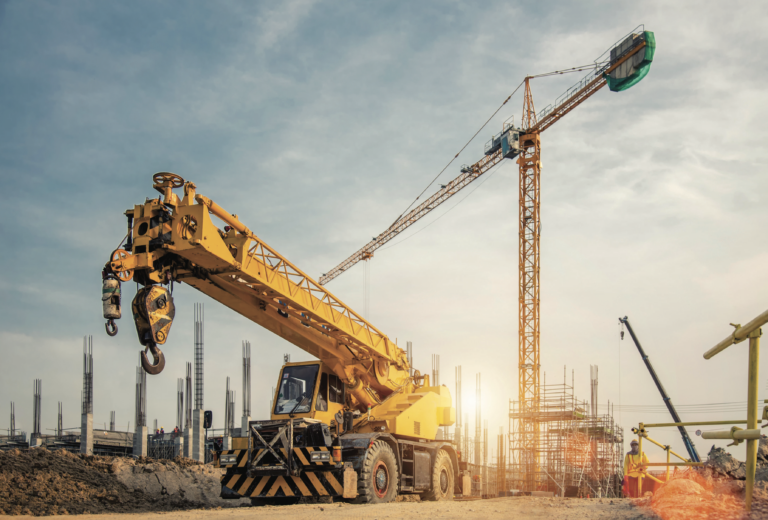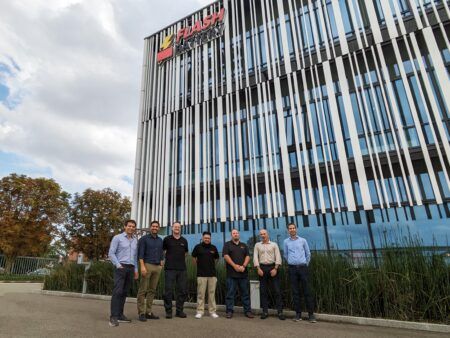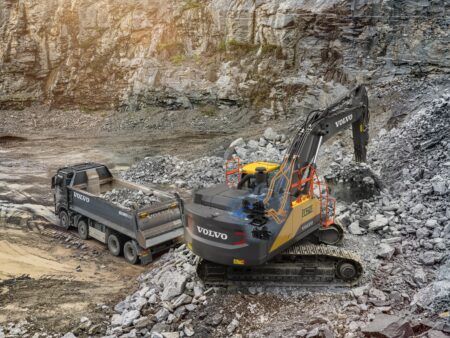The power management company Eaton has announced the launch of the CMT mobile valve section, a streamlined new section option for the CMA advanced mobile valve. With the capability to control two bidirectional services from one section – an industry first – the CMT valve section increases design flexibility and reduces CMA valve bank size, weight and overall system cost.
Like the existing CMA mobile valve section, the new CMT section is software-configurable and features CAN communication, on-board sensors, digital flow-sharing and electronic load-sensing to provide precise flow control and high responsiveness. While the CMA section features independent metering, the CMT section utilises the twin-spool architecture to control two services instead of one. This can reduce the total number of sections needed in a valve bank by as much as 50 per cent, minimising valve-bank size and weight.
CMT mobile valve sections are stackable with CMA sections, which increases the design flexibility of the CMA advanced mobile valve. Original equipment manufacturers (OEMs) can optimise the valve for all vehicle requirements by specifying sophisticated CMA sections for services that demand superior precision and control and streamlined CMT sections for standard machine functions. The availability of two stackable section options simplifies the use of the CMA valve on high-end and mid-range machines without parts proliferation, due to shared components and procedures.
“The new CMT mobile valve section reduces overall system cost without sacrificing performance,” says Jiri Foukner, EMEA Product Manager, Advanced Mobile Valves, Eaton. “OEMs can merge the next-generation performance of CMA sections with value-oriented CMT sections to create the optimal valve solution for new mobile machinery designs.”
The CMA advanced mobile valve significantly improves machine performance and operator productivity. Featuring on-board electronics and sophisticated software algorithms, the CMA valve can optimise for conditions such as oscillation and vibration to deliver better stability, controllability and fuel efficiency. The software-driven set-up eliminates hardware replacements and enables performance optimisation in minutes instead of months, speeding time to market.





